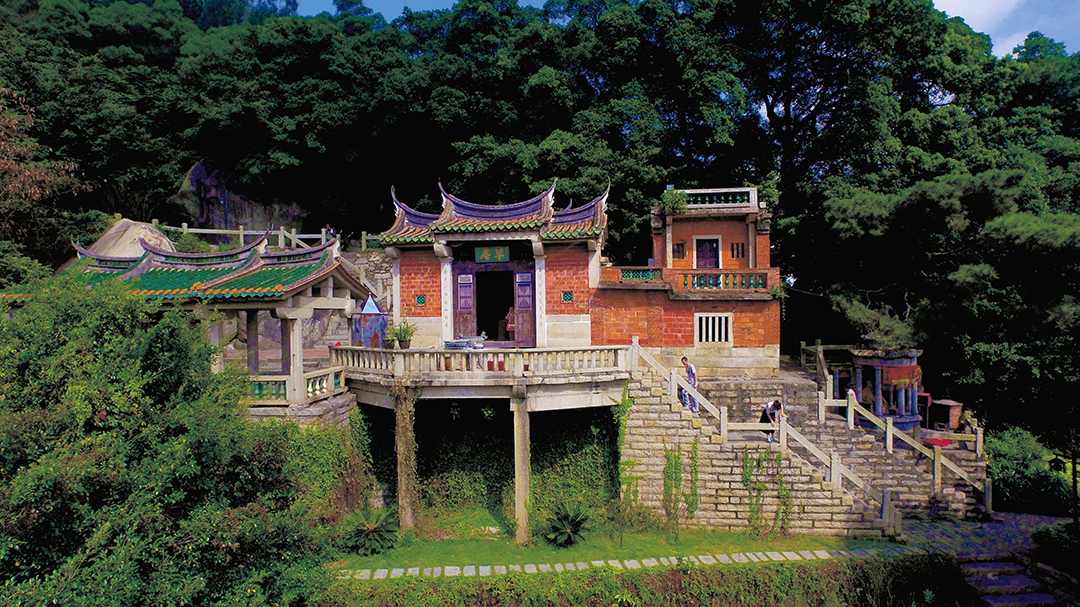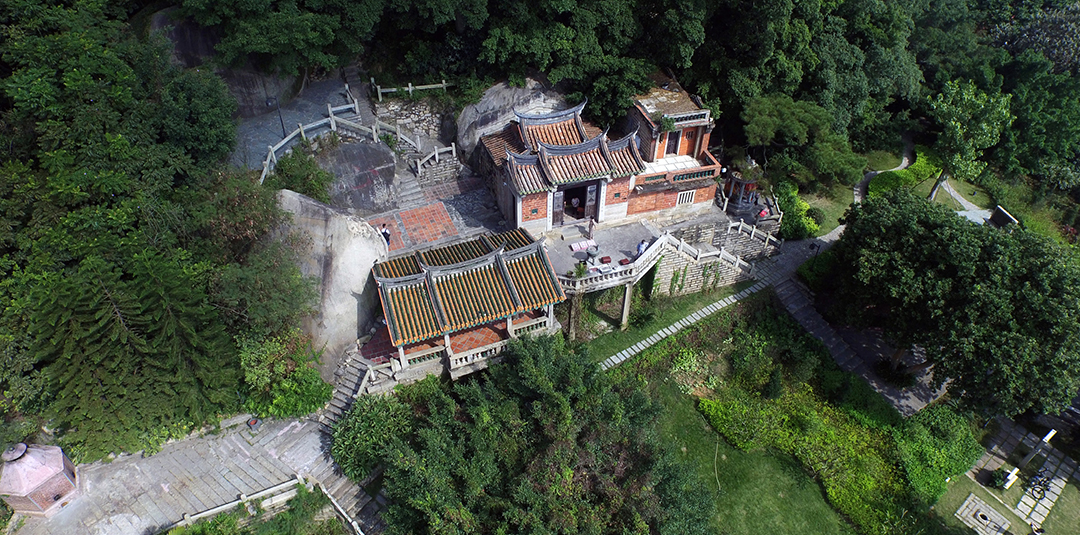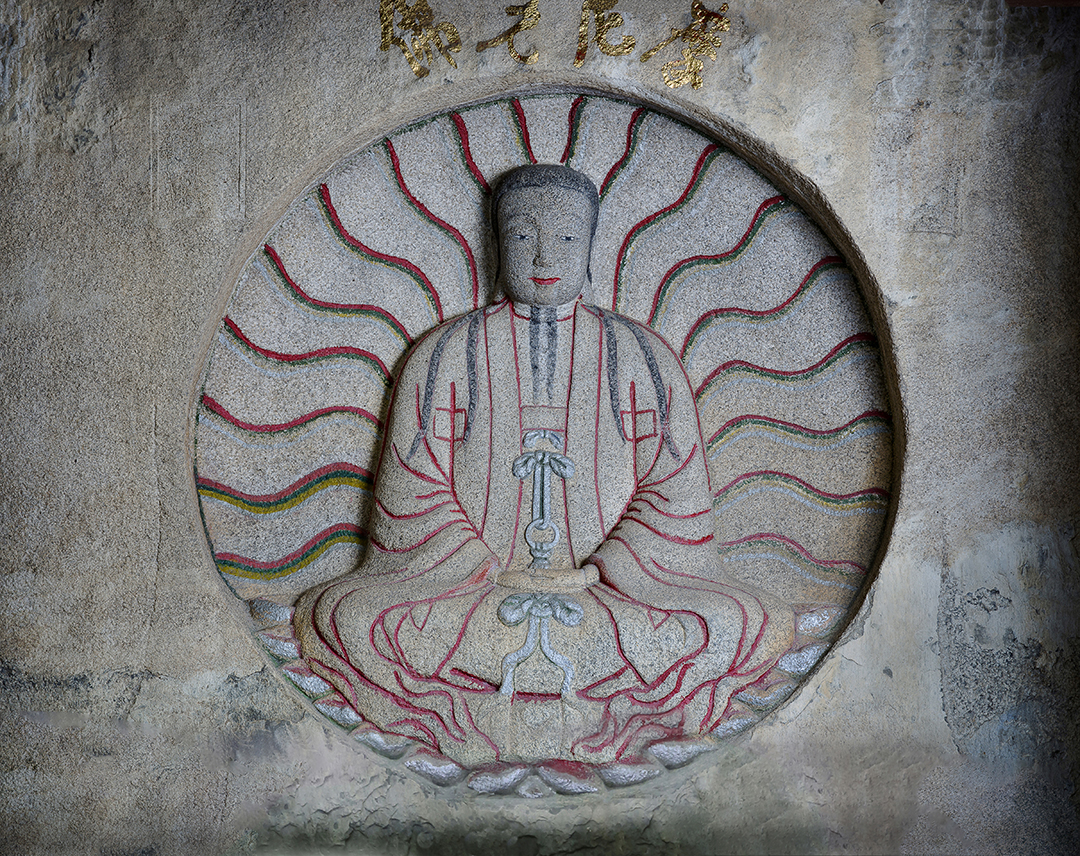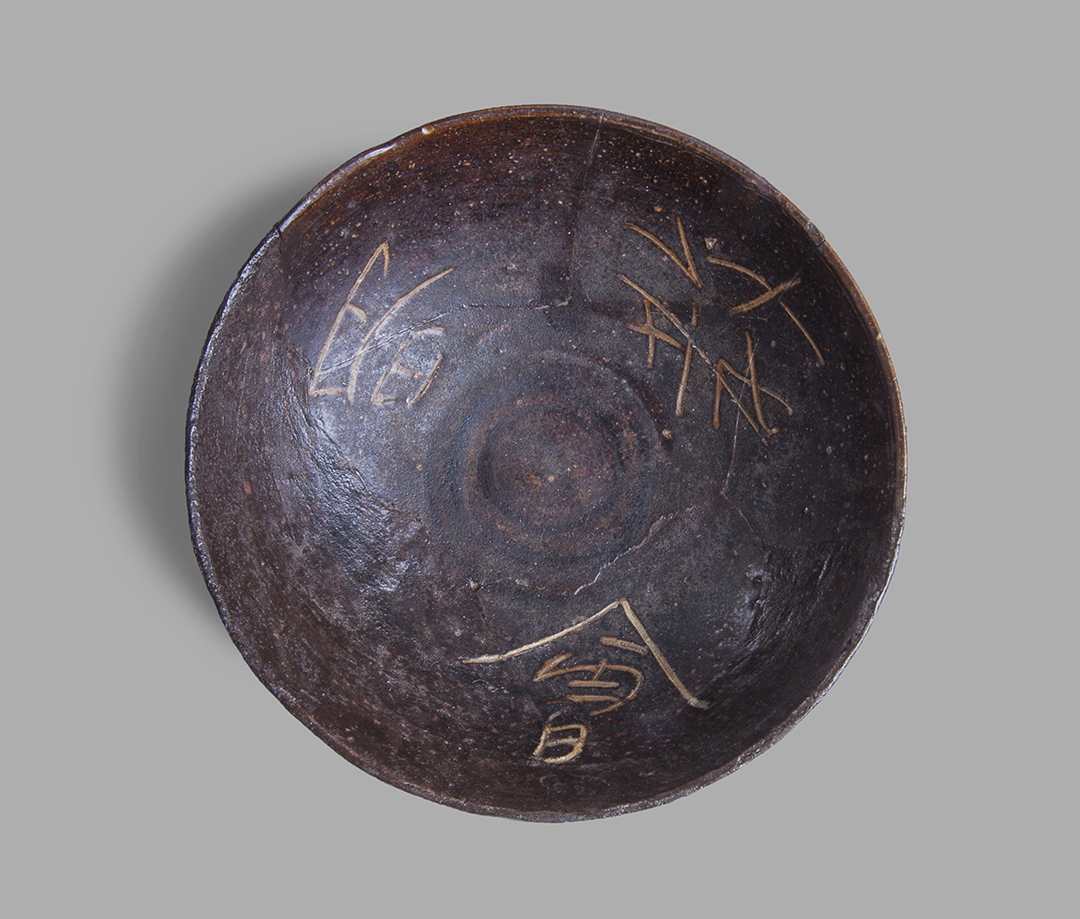
The Statue of Mani in Cao’an Temple is a representative component reflecting the Multi-cultural Communities in Quanzhou as the emporium of world maritime trade. Cao’an Temple, located at the eastern foot of Huabiao Hill 15 kilometers south of the city of Quanzhou, is a temple of Manichaeism (also known as the “Mingjiao” or the Religion of Light) in the outer suburbs of Quanzhou dating to the Song-Yuan era. The temple enshrines a stone statue of Mani, founder of Manichaeism. Carved in 1339, the statue is the world’s only extant statue of Mani. Cao’an Temple was built during the 10th and 11th centuries in the early Song Dynasty. It is so named as it was originally a straw hut (Cao’an means “straw hut” in Chinese). In 1339, it was rebuilt in stone, and is a building complex constructed on the slope of the mountain. In 1979, a blackish glazed bowl, engraved with the Chinese characters “Mingjiao Hui” (Society of the Religion of Light), was unearthed in a spot 20 meters in front of Cao’an Temple. The form of the bowl is consistent with that of products made by Cizao Kiln during the Northern Song period. The bowl is believed to have been made not later than the Zhenghe reign (1111-1118) of the Northern Song dynasty, providing evidence for the activity of Manichaeism at the foot of Huabiao Hill during the Northern Song period.



 闽公安备35050302000734
闽公安备35050302000734
